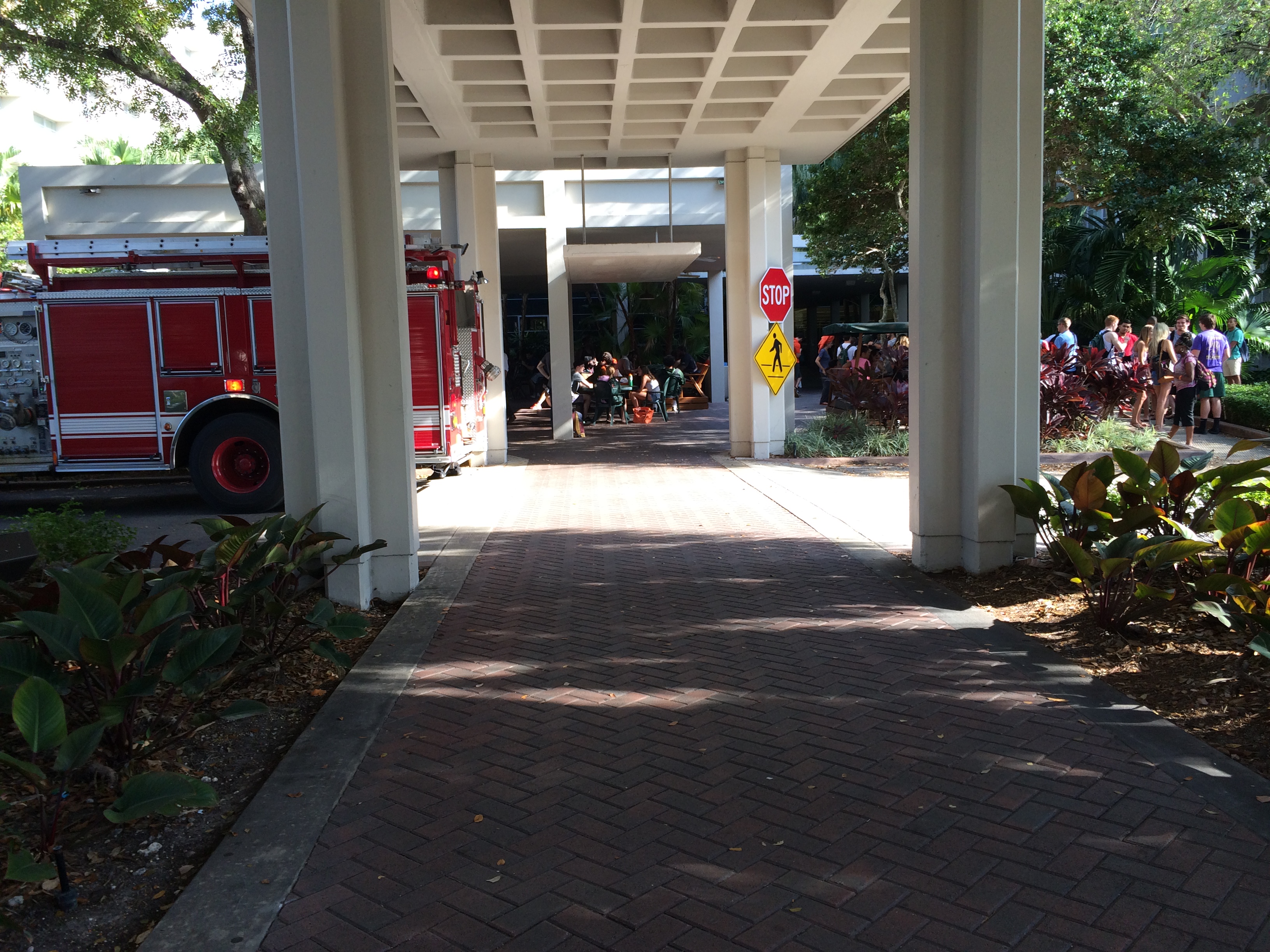
Along with gender-neutral restrooms and a new LGBT center, UM added another feature last fall: gender-inclusive housing in upperclassman dorms.
In the gender-inclusive housing option, students are not restricted to same-gender roommates, allowing students more flexibility and comfort with their room assignments.
President Julio Frenk first announced the program at his first Town Hall meeting on Sept. 10, 2015, and it was first offered for housing for the fall 2016 semester.
To apply for gender-inclusive housing, students check a box on the housing application form. After this, the student must make an appointment with a Housing and Residential Life (HRL) staff member to sign an additional contract.
“When you sign up for gender-inclusive housing there is no different deadline, there are no different sort of rules that would apply,” HRL Marketing Specialist Mike Piacentino said.
However, senior Erick Lorinc, who lived in gender-inclusive housing during the fall 2016 semester, said that the application process was the most difficult and tiring part of the whole experience.
“Housing gave us the runaround a few times,” Lorinc said. “We had to jump through a few hoops, and they tried to room us with other people of the same gender we didn’t know, but my roommate, Annissa, fought until we were able to live with each other.”
Lorinc said he could see how HRL wanted to “weed people out” during the process. His other roommate, senior Stephanie Weetman, said the application process was a “nightmare.”
“At one point my girl roommate noticed we had been roommates with two random girls,” Weetman said. “We had to go into the office several times to make sure we actually got to live with who we had requested.”
Piacentino said that, as part of gender-inclusive housing policy, there is no requirement for students to explain why they are interested in gender-inclusive housing.
“If they indicate that’s something they wanna do, that’s all we need to know,” Piacentino said. “There is a whole variety of reasons why a student might be interested. It may come up in conversation, but it’s not something that we require or that impacts the application at all.”
Gender-inclusive housing isn’t only for students who identify as LGBT; HRL policies state that gender-inclusive housing is available to anyone who wants to live with roommates of a different gender.
“My roommates and I applied for gender-inclusive housing solely because we were all friends and wanted to live together,” Lorinc said. “I’d say gender-inclusive housing was a big success. We’re a little family and having girls as roommates hasn’t really been any different than having guys.”
Weetman said gender-inclusive housing helps break down gender roles and create a living environment characterized by real friendship.
“It’s an extraordinarily necessary option for a lot of students,” said Mary Balise, president of SpectrUM, UM’s largest undergraduate LGBT organization. “UM does have a population of students who are gender non-conforming, or do not identify as male or female, so being forced to choose to live on a male or female floor could be extremely detrimental to their mental health.”
“We hope to foster a campus community that values gender equity and normalizes healthy relationships between all genders,” said Van Bailey, director of the campus LGBTQ Student Center.
Piacentino said the number of students signed up for gender-inclusive housing was not an “overwhelming number of students,” and that might be because not many students know the housing option exists.
“We want more students to become aware that we offer gender-inclusive housing,” he said.
Piacentino said that HRL is happy to offer gender-inclusive housing to all students who would like to take advantage of the option. However, HRL doesn’t guarantee that all students will be assigned to their preferred suite or apartment.
Gender-inclusive housing is only guaranteed to groups of students who fill out their preferred suite/apartment and roommates. Roommates must mutually confirm their desire to live together. Students who have fully completed their applications and have mutually accepted each other as roommates always get priority, regardless of whether or not in gender-inclusive housing.
“That’s made to fill the space in the most efficient way and to make sure we have enough rooms and beds for all our students,” Piacentino said. “We don’t want to have a bunch of half-empty apartments and suites around campus.”
During the 2016-17 academic year, 16 students lived in gender-inclusive housing apartments or suites. Freshman residential colleges (Hecht and Stanford) have communal shower facilities and do not offer gender-inclusive housing options. However, incoming students who believe gender-inclusive housing is the best way to transition into UM may contact the HRL department to discuss alternative options.
“Gender-inclusive housing should be open to everybody,” Lorinc said. “In a lot of cases, it’s the most convenient option, and if everybody who’s rooming together is on the same page no problems should arise other than ones that’d happen with any other roommate.”





